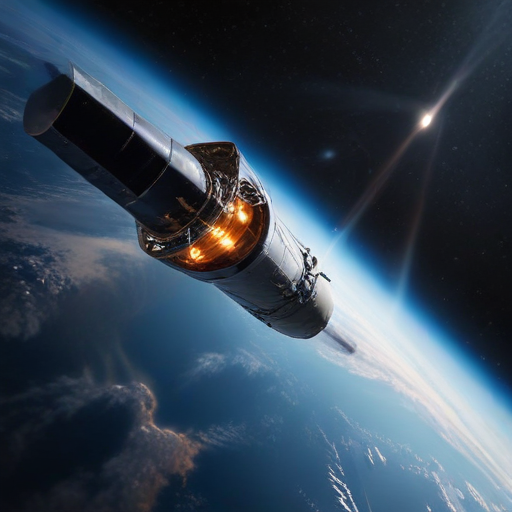The Boeing CST-100 Starliner crew has received encouraging news regarding their anticipated return to Earth. Recently, ground testing of the spacecraft’s thrusters was completed, marking an essential milestone after the spacecraft has remained in orbit since early June. Boeing and NASA awaited the results of these tests to start planning for the spacecraft’s return journey.
An update shared late last week indicated that testing was conducted on a Starliner Reaction Control System (RCS) thruster at the White Sands Test Facility in New Mexico. The primary goal of this test was to analyze any thruster degradation to better understand the reasons some thrusters were inactive during the flight, and to assess the implications of potentially reactivating those thrusters for the upcoming Crew Flight Test.
The term “de-selected” refers to certain thrusters that ceased operating due to helium tank leaks present before and during the launch. Despite these issues, officials noted that the spacecraft still has a considerable helium supply on board—70 hours’ worth, even though only seven hours are required. While NASA and Boeing previously stated that the spacecraft could return at any time if necessary, they also clarified that more preparations are needed before that decision is made.
As of the latest brief, a mission timeline has shifted slightly, with an anticipated return flight still possible at the end of this month, albeit with more uncertainty. Engineers from both Boeing and NASA will now focus on disassembling and inspecting the thrusters while finalizing the necessary flight rationale for a safe return of the Starliner, which carries commander Butch Wilmore and pilot Suni Williams.
This development represents a step forward in the Starliner program and highlights the persistent efforts of both Boeing and NASA to address the technical challenges faced. The completion of ground tests promises a clearer path to returning the Starliner and advancing future missions. Hope remains high for a successful landing in the coming weeks as teams continue to ensure the spacecraft’s readiness.
